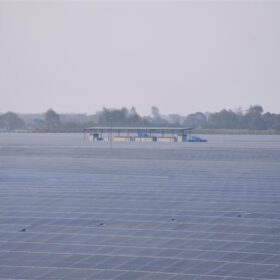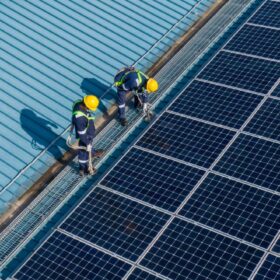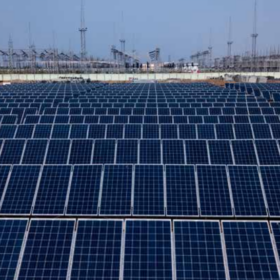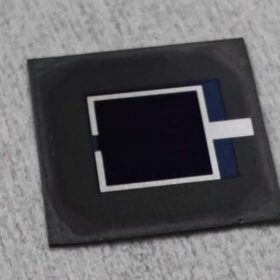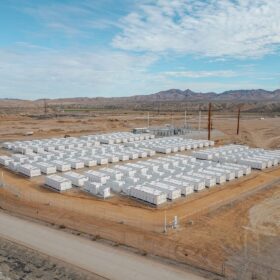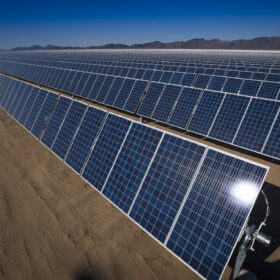India installed 17.5 GW solar in first five months of this fiscal: ICRA report
India installed 17.5 GW of solar and 2.6 GW of wind power capacity in the first five months of FY2026 (April–August 2025), according to a new report by ICRA.
TotalEnergies sells 50% stake in 1.4 GW solar portfolio
TotalEnergies announced it is acquiring a 49% interest in natural gas assets in Oklahoma on the same day it announced it is selling a 50% stake in its North American solar portfolio.
SECI announces maiden debenture issue to strengthen renewable energy investments
Solar Energy Corp. of India’s maiden debenture issue received an overwhelming response with 43 bids totaling INR 2,156.75 crore, against the total issue size of INR 600 crore.
AI for climate action: Can technology save us from the crisis?
A modern grid must balance growing demand from new sources like electric vehicles (EVs) with the intermittent supply from renewable sources like solar and wind power. AI-powered smart grids use sophisticated algorithms to forecast power demand and match it with fluctuating renewable generation in real time.
India added 44.2 GW of new solar modules and 7.5 GW of cell manufacturing capacity in H1 2025: Mercom
TOPCon led module manufacturing capacity additions with 39.9 GW, followed by 3 GW of monocrystalline modules. For the first time, 1.2 GW of HJT module capacity was added in the country.
Adani Green switches on 408.1 MW renewable energy projects at Khavda
Adani Green Energy Ltd has operationalized 87.5 MW solar, 124.8 MW wind, and 195.8 MW hybrid power projects at Khavda, Gujarat, through its various stepdown subsidiaries.
KAUST achieves 28.7% efficiency in perovskite-perovskite-silicon tandem solar cell
An international team of researchers led by King Abdullah University of Science and Technology has fabricated a triple junction perovskite-perovskite-silicon tandem solar cell that achieved a world record efficiency for this cell architecture. The device incorporates stabilized perovskites that ensure improved performance and stability.
US grid-scale storage leaps 63%, residential 132%
A report from the American Clean Power Association (ACP) and Wood Mackenzie indicates the utility-scale energy storage sector added 4.9 GW in the April-to-June quarter, representing 63% year-on-year growth, while residential storage increased by 608 MW.
Premier Energies secures solar electrification orders in West Africa
Premier Energies Ltd has secured contracts worth $19.95 million for the supply and installation of solar power systems in the Republic of Benin, West Africa.
The Hydrogen Stream: Japanese researchers develop green rust catalyst
Japanese researchers have developed a green rust–based catalyst for sodium borohydride, while South Korean scientists have created a framework to assess liquid hydrogen storage tanks for unmanned aerial vehicles (UAV).
